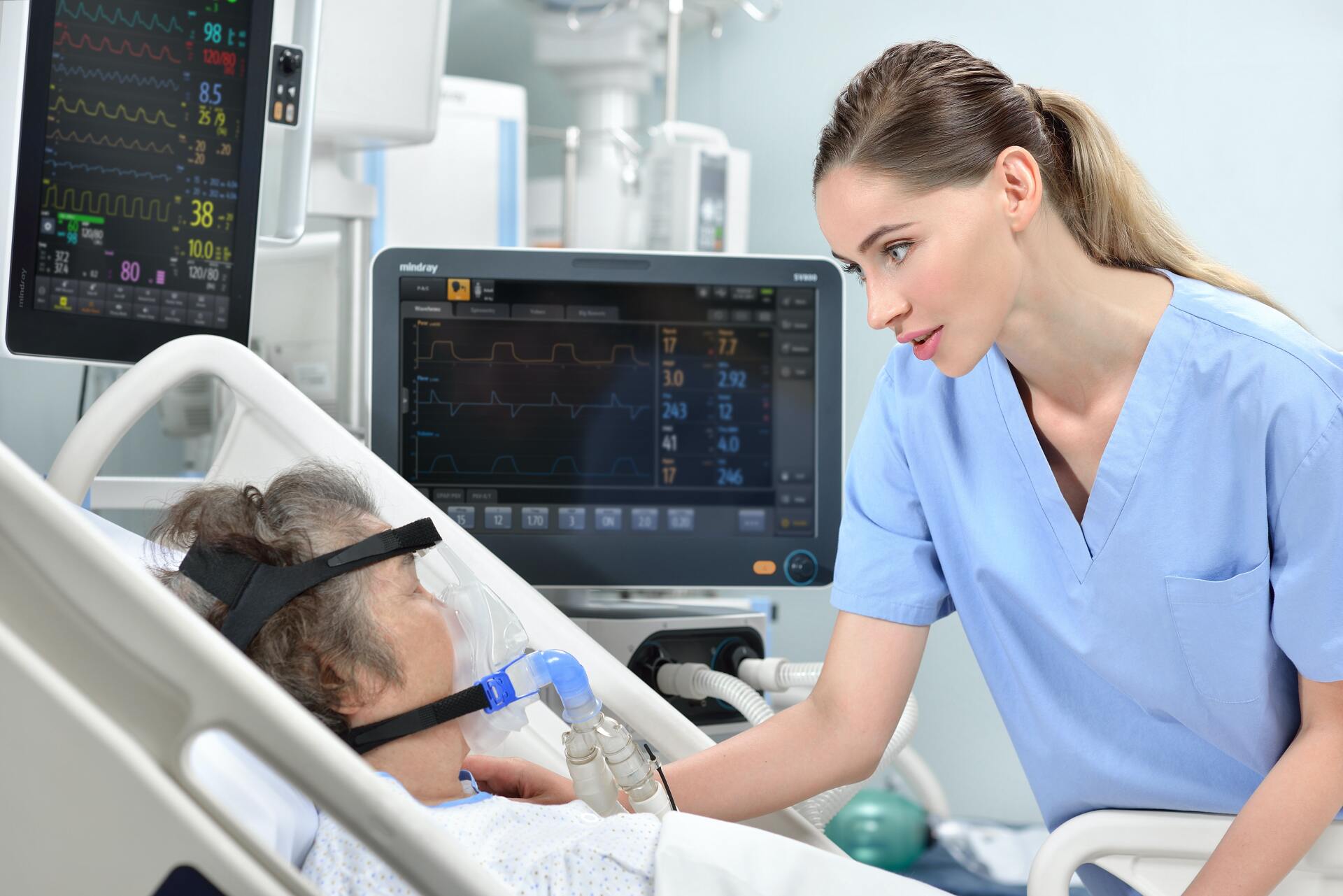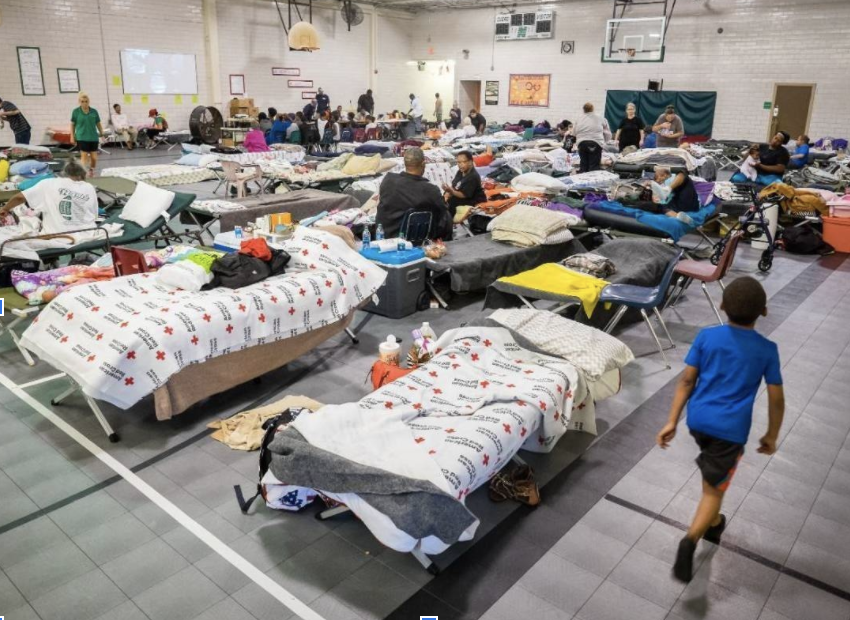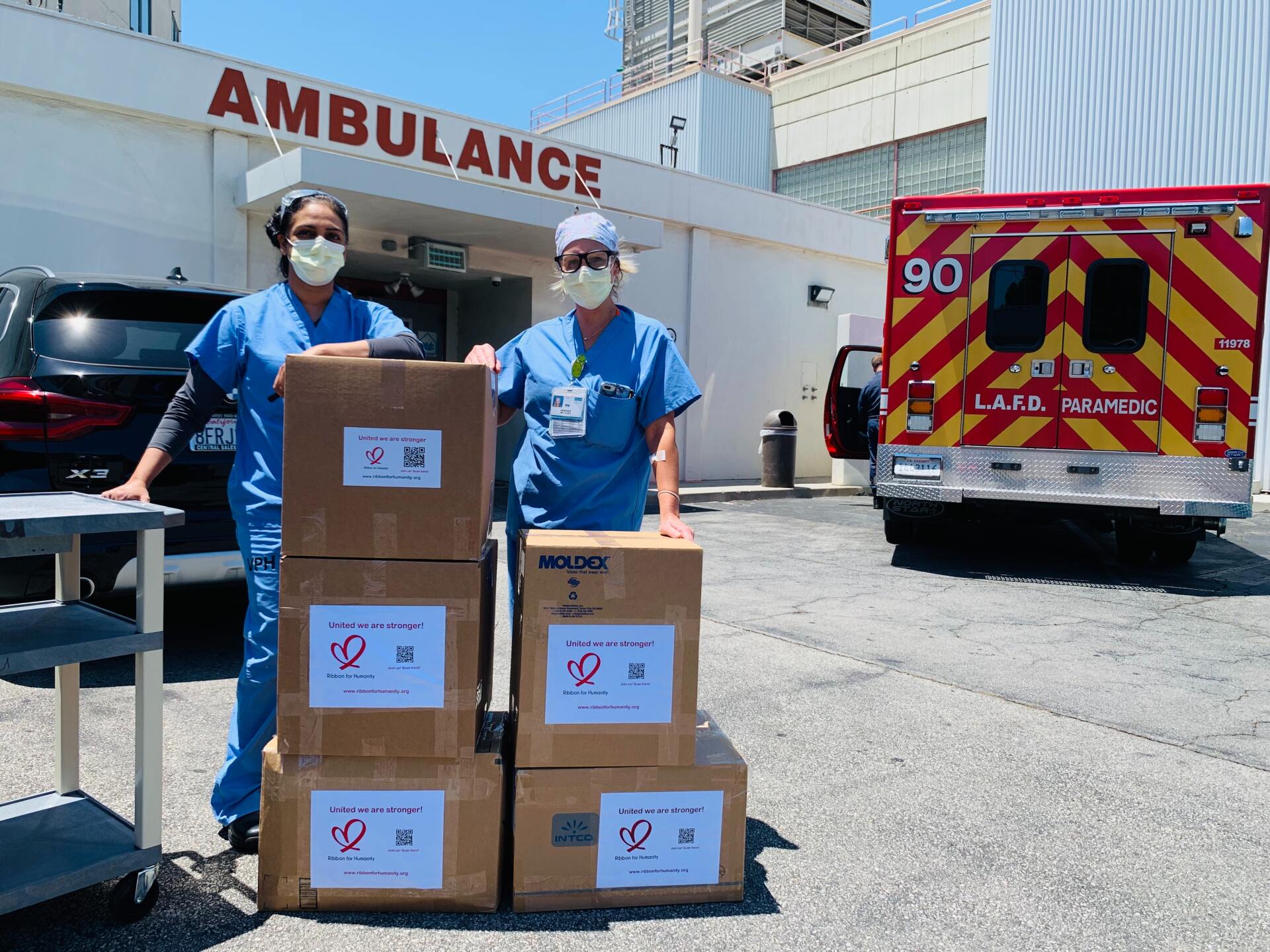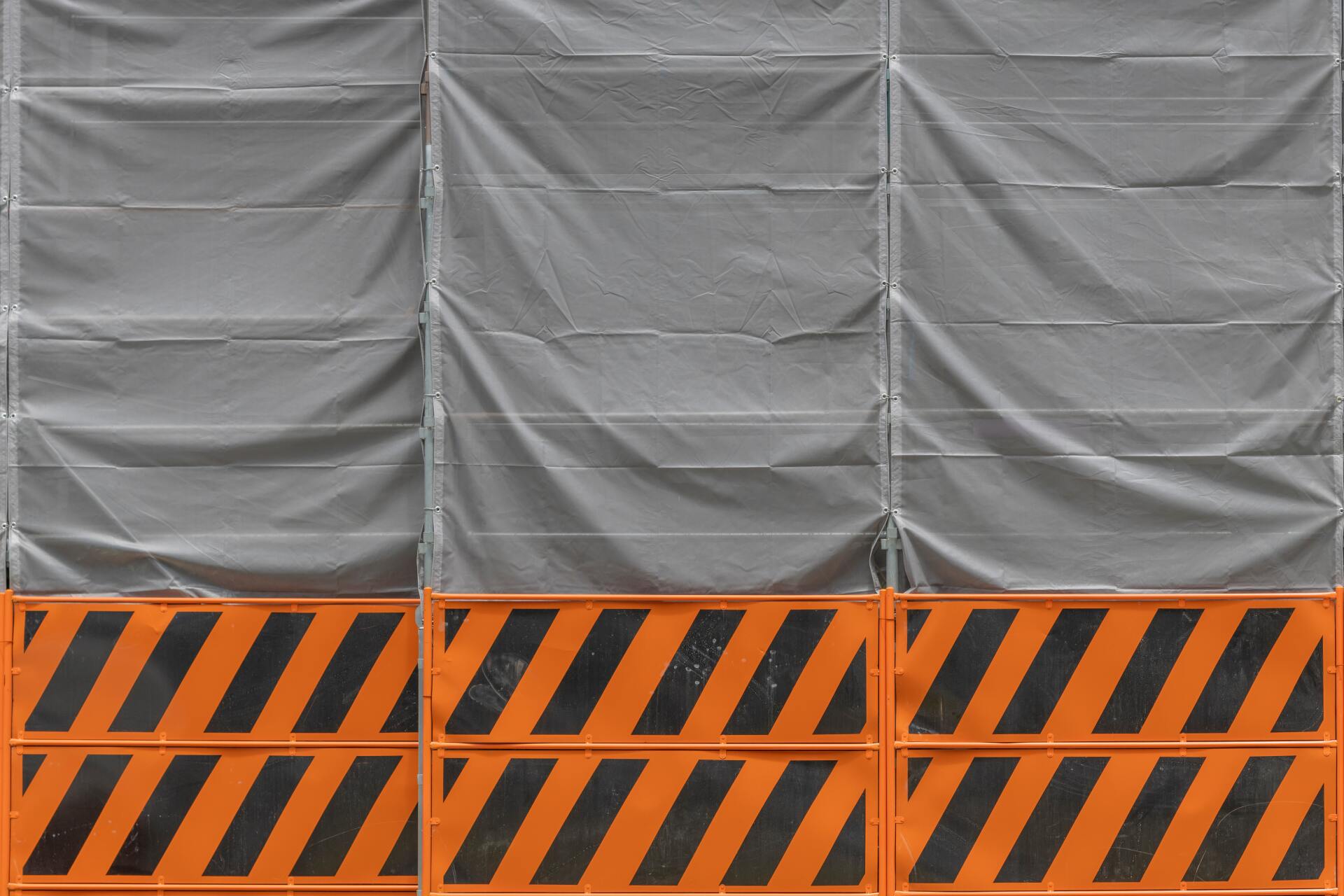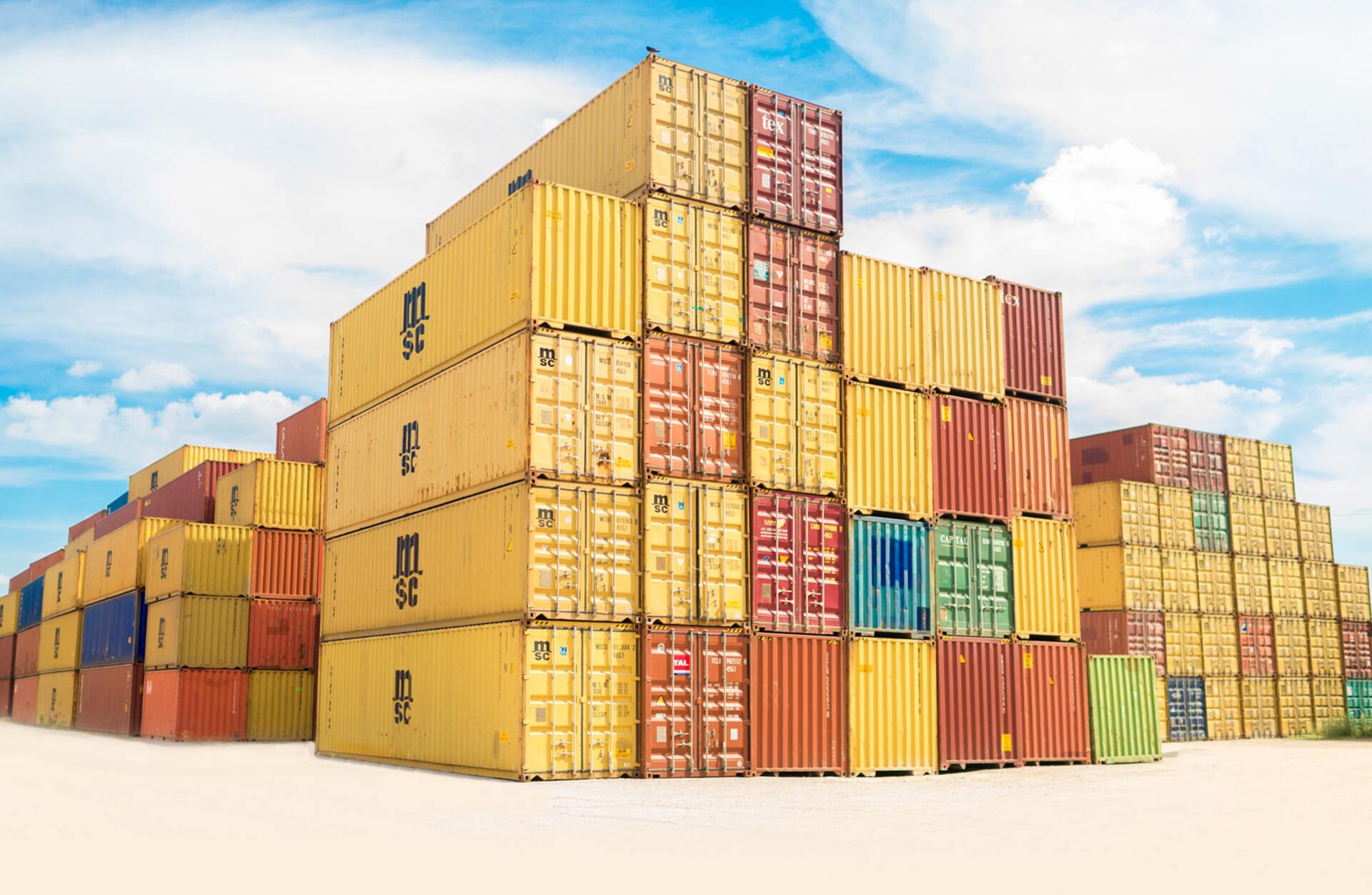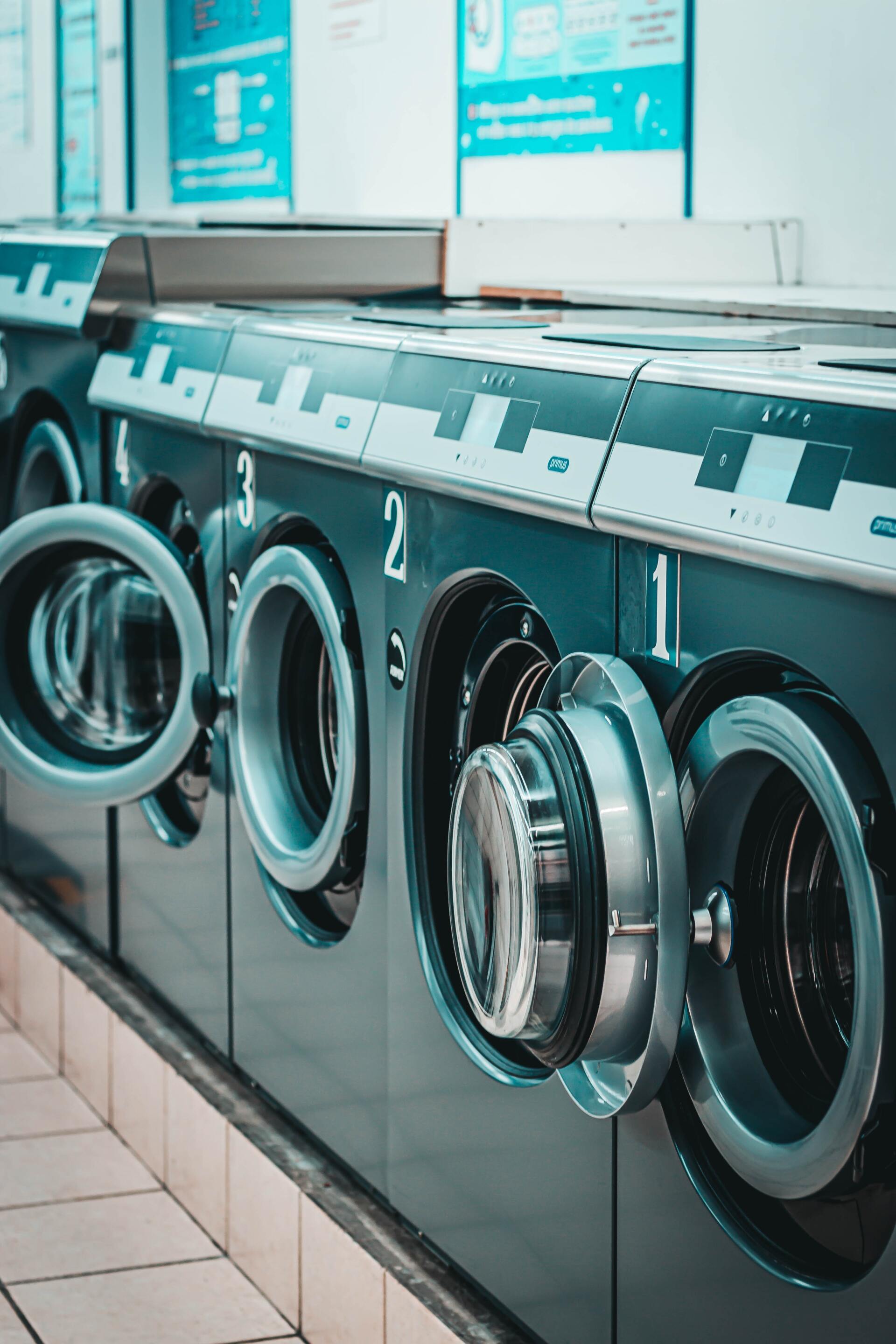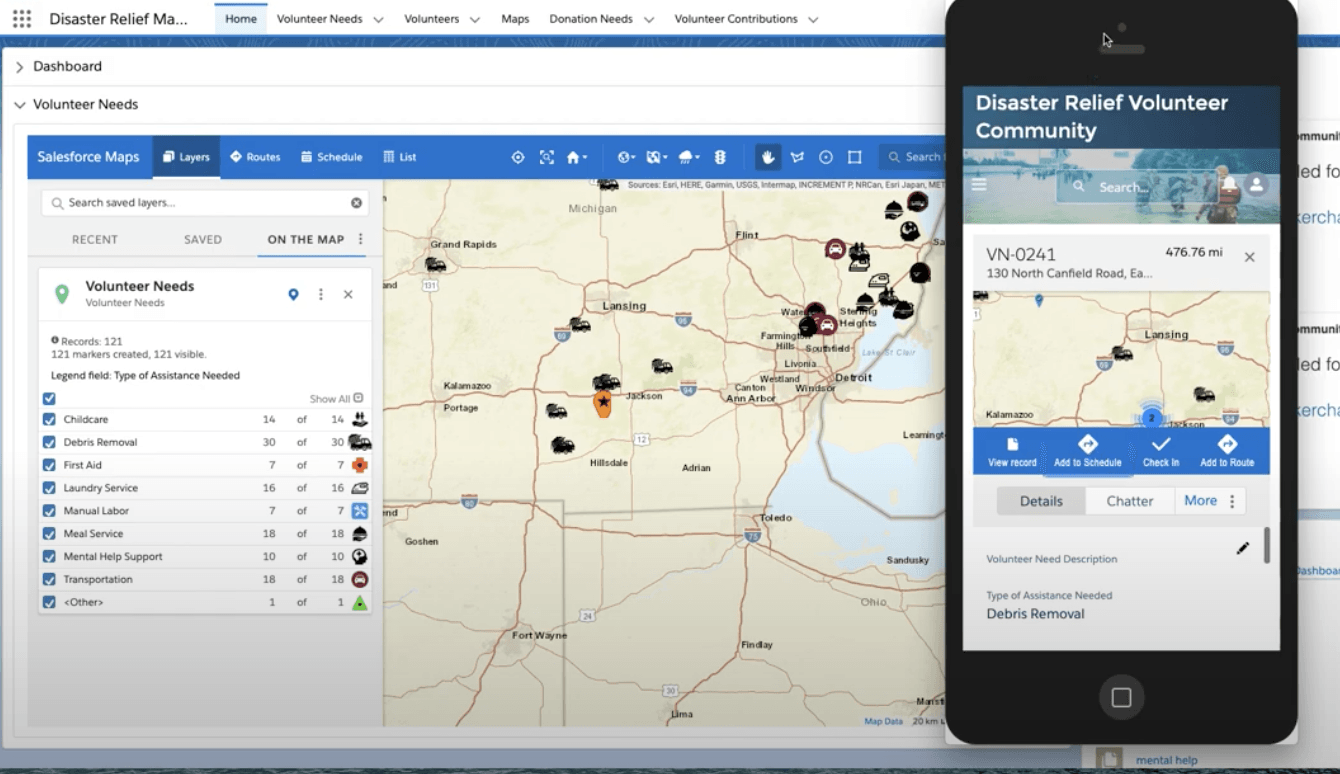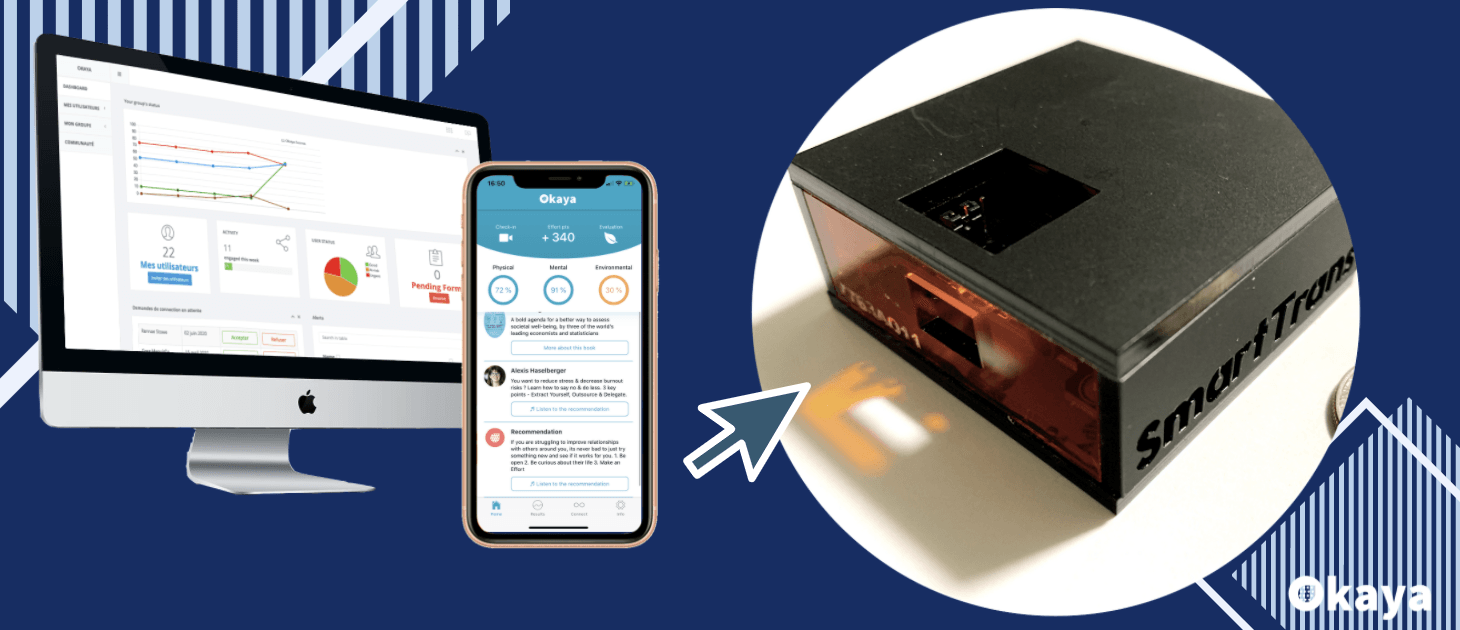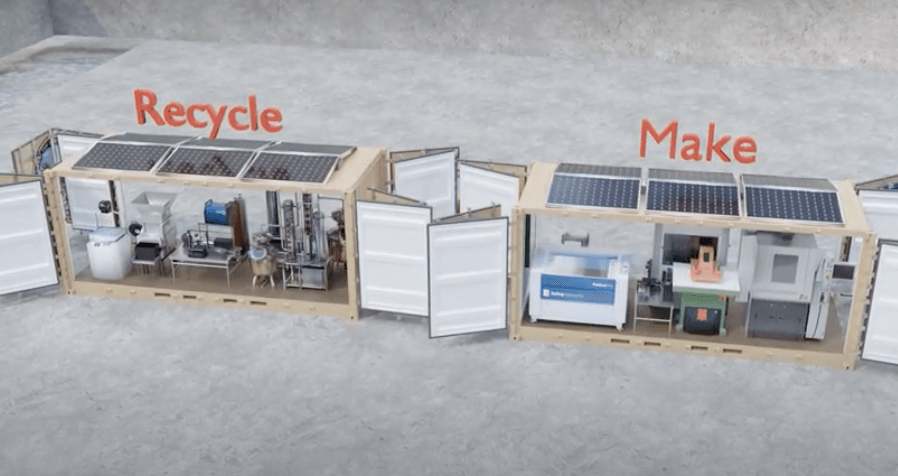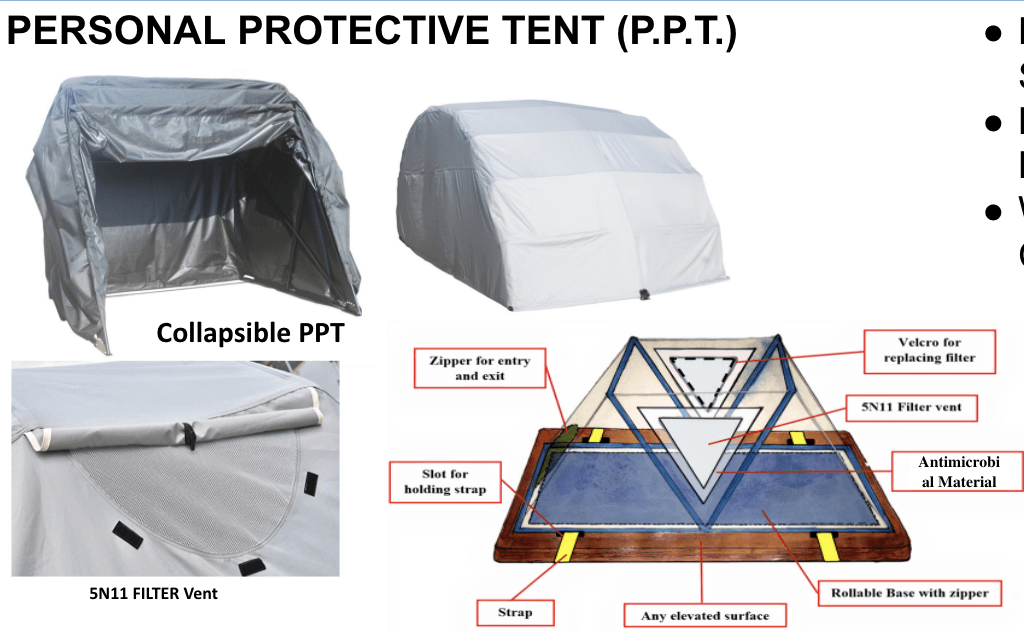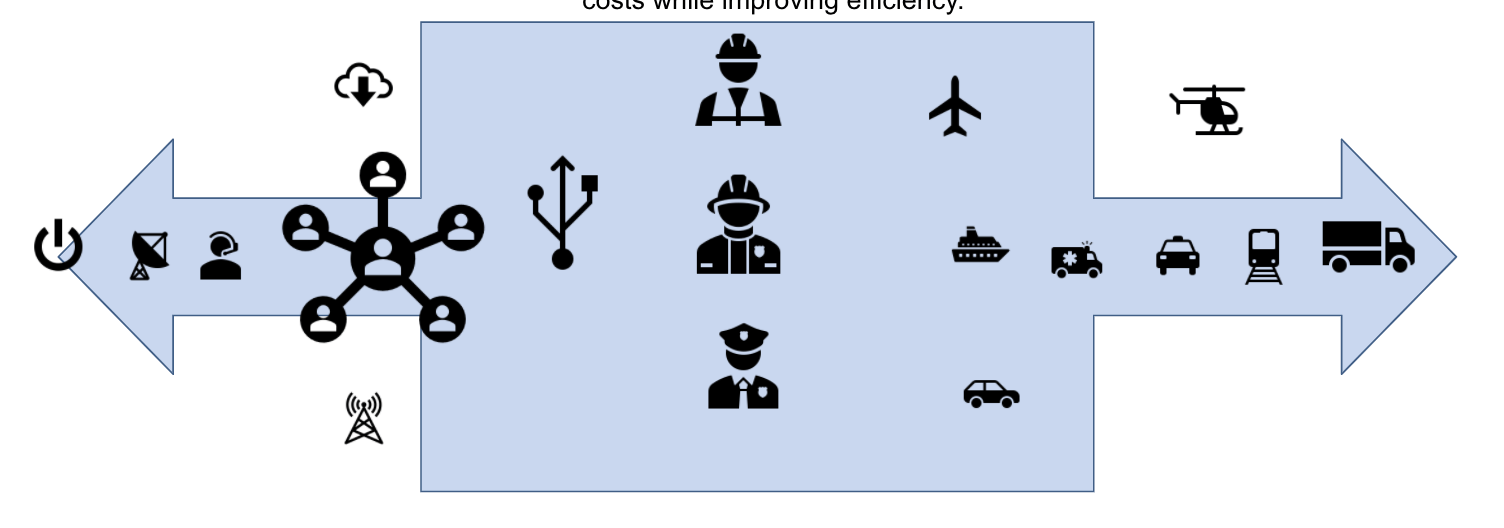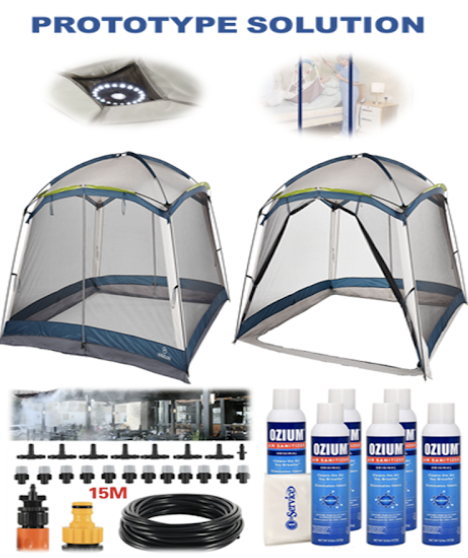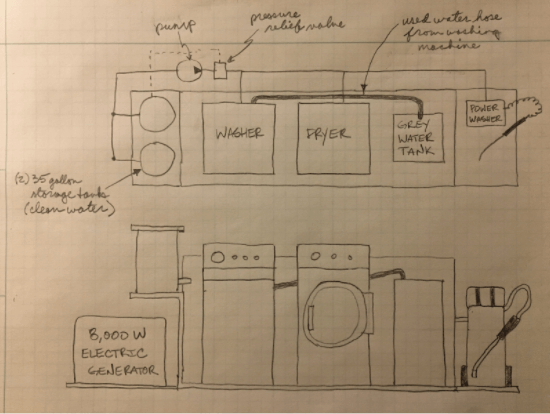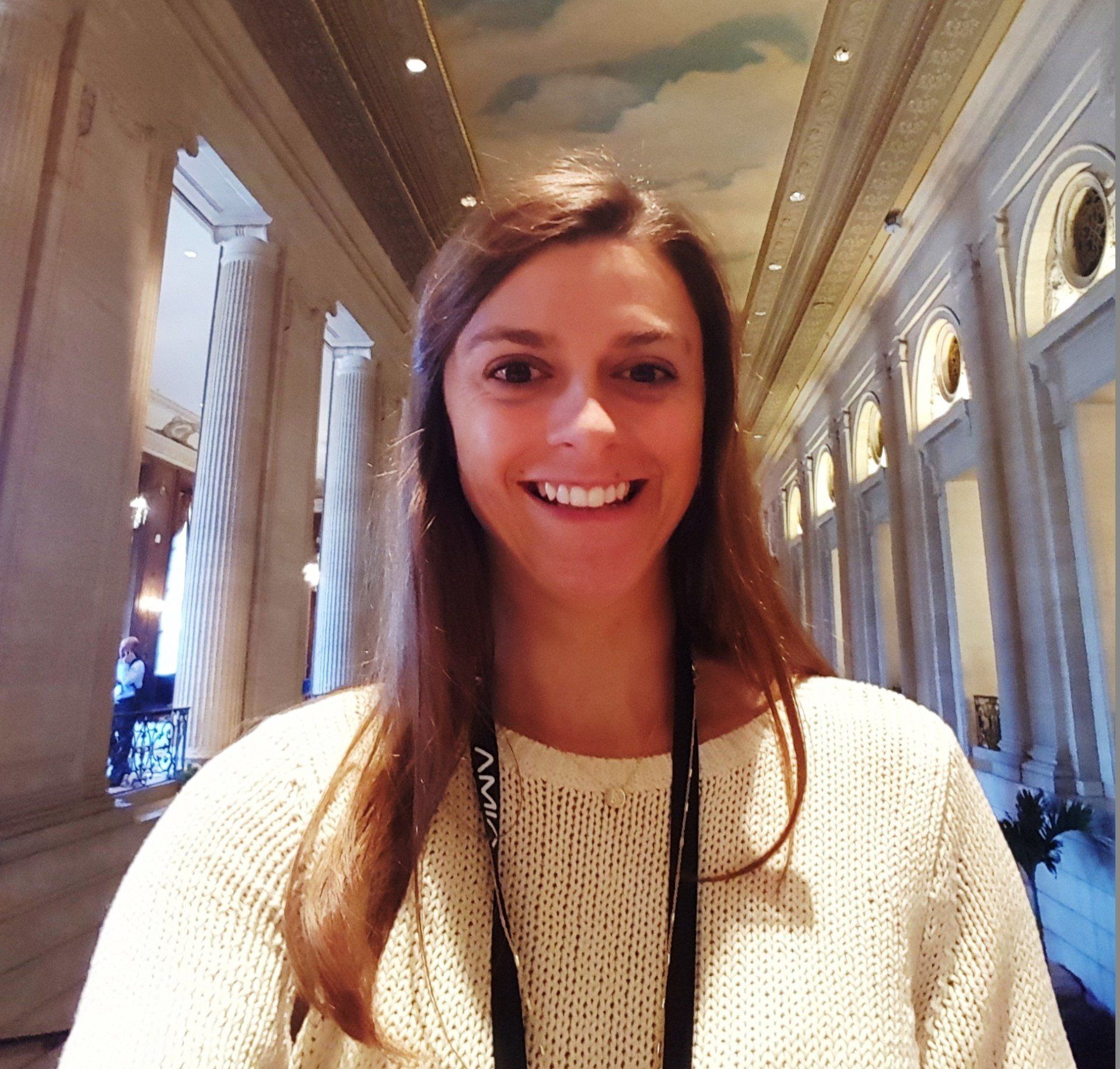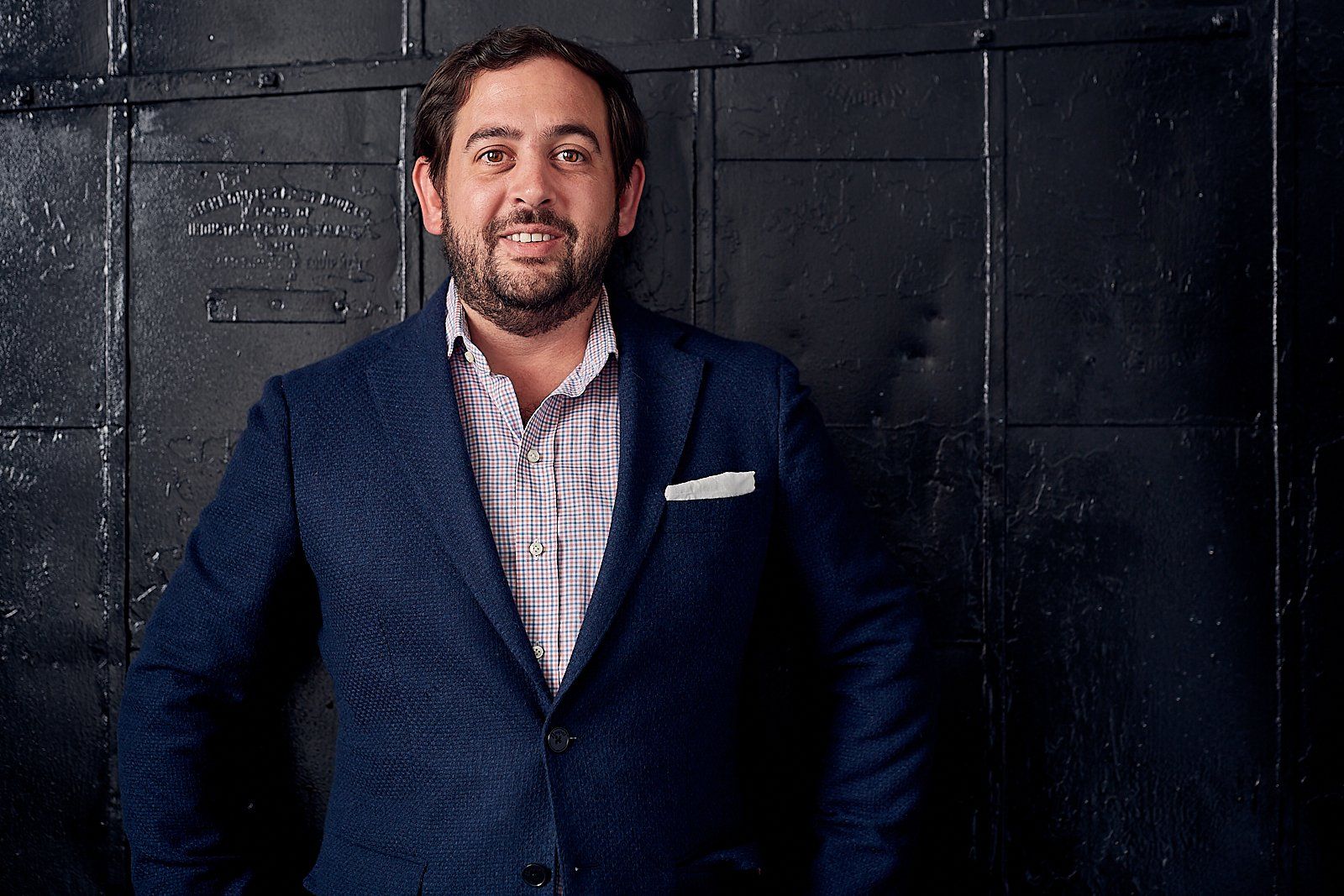COVID-19 Maker Challenge V: Disaster Relief Workers
The Challenges
Ventilator
The scarcity of ventilators has put many at risk during the COVID-19 pandemic. The challenge here was to build a light, portable ventilator made from easy-to-access, recyclable materials. This ventilator should also optimize human resources in the disaster field by providing breathing automation during resuscitation. Centralized monitoring could simultaneously control several ventilators in order to alleviate first responders' tasks during disaster relief efforts.
All Hands on Deck
Due to COVID-19, organized disaster relief efforts were slower to deploy as they had to adjust to the new context. Community-led efforts have had to fill in as they could on the ground, setting up shelters, organizing volunteers, and coordinating tasks, mainly through text message and excel spreadsheets. An application or easily accessible online system to coordinate community-led efforts to respond to natural disasters locally would streamline these activities and make them more effective.
Safe Haven
Normally in a natural disaster with many residents displaced, organizations will set up shelters in large spaces like gymnasiums, offering rows of cots and provisions. With COVID-19, this option has not been available due to high risk of spread. Thus, these organizations have been stretching their budgets to cover hotel costs for evacuees. Are there innovative mitigation measures that would allow for the more financially sustainable and streamlined temporary shelters to be in use again?
Aid Station
Due to COVID-19 the congregate sheltering option is limited. Organizations like the Red Cross have begun placing those impacted by larger disasters into hotel rooms. In this context, they are trying to provide additional services (feeding, health, mental health, etc.) to a large number of people dispersed throughout counties and states. They are looking for a solution that would allow each evacuee to check in each day and provide an update regarding their status and their needs.
Pandemi 800 Ventilator
Winner of the iEX Design Award, PANDEMI VENT 800 is a $300 Open Source ventilator built using highly available commodity hardware, a novel low-cost sensor package, and 3D printed parts. It includes all basic features of a ventilator, in addition to a centralized monitoring station and a resuscitation automated assistance breathing mode.
Mobile Site for Volunteer Management
Winners of the User Experience Award, The Acumen Solutions team designed a disaster relief management application to allow organizers to manage volunteers, donations, healthcare, and social media communications. It also features a community portal for volunteers to sign up to help.
Modular Barriers and Mitigation Protocol
Winners of the Feasibility Award, Team Safe Haven II designed a physical prototype featuring a modular, easy-to-assemble barrier to create private spaces that are easy to sterilize. Their procedural solution featured check-in protocols and updated floor plans to facilitate distance, ventilation, and user movement.
Aid Station
Winners of the Business Value Award, Team Aid Station, a collaborative effort between companies Medi-Code and InstaMD, worked on a mulit-interface application that would allow the Red Cross to replace their Excel spreadsheets to more efficiently coordinate volunteers, service providers, and clients (evacuees) in one place.

